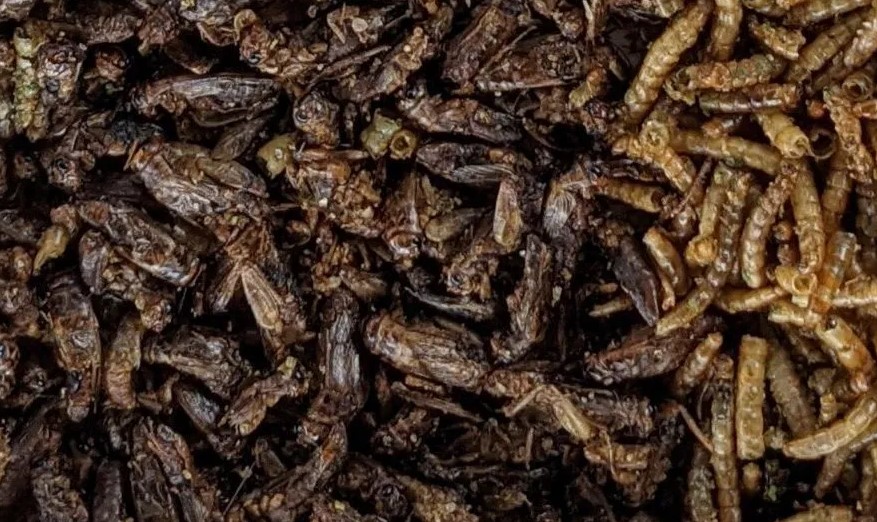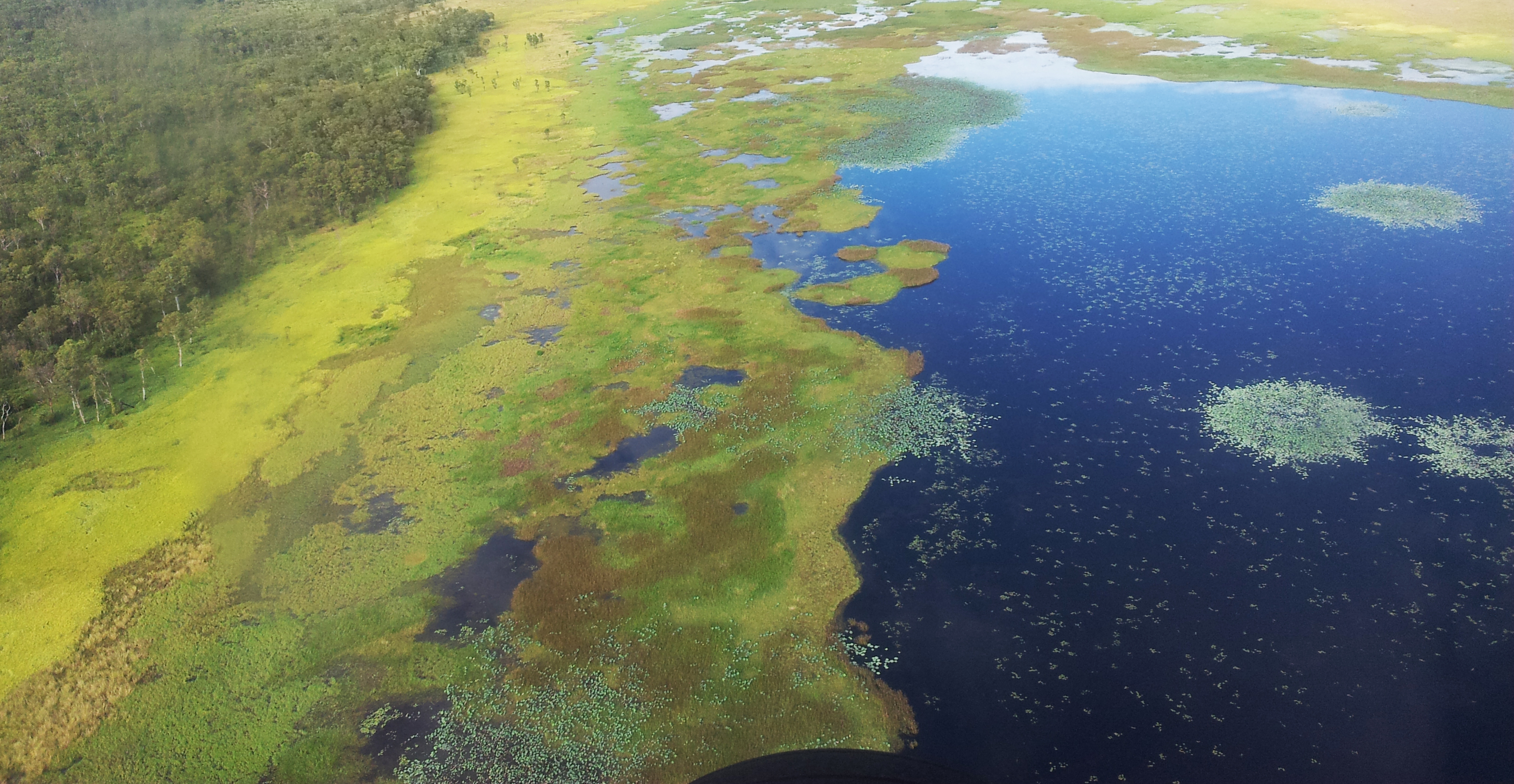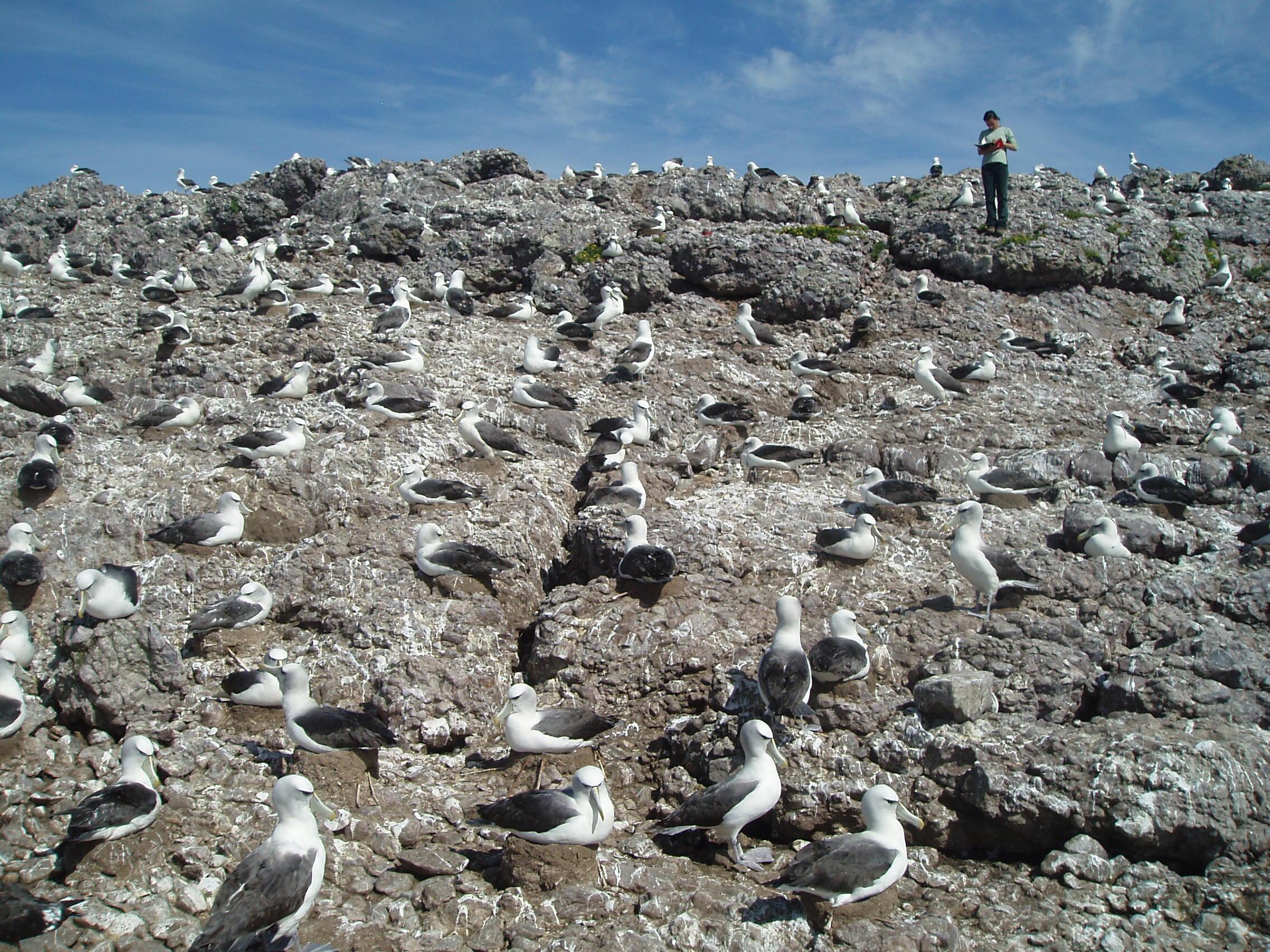
Circular Economy
September 6, 2019
We are creating the scientific foundation for business models and practices that ensure sustainable materials management.

MOFWORX
May 11, 2017
Metal Organic Frameworks (MOFs) are nano particles for the separation, storage and controlled release of gases and liquids. MOFWORX has been established to commercialise CSIRO’s MOF technology.

Edible insects
February 25, 2021
Current food systems probably won’t meet the global challenge of producing enough nutritious, high-protein food for the world’s growing population.

Pathology and Pathogen Biology Histology
July 2, 2024
Our mission is to gain deeper insight into the pathogenesis of emerging endemic and exotic diseases through the deployment of a host of microscopy modalities and platforms which facilitate the detailed morphologic and molecular characterisation of the related pathology in collaboration with a multidisciplinary team of experts.

Revolutionary Energy Storage Systems
July 14, 2022
Future Science Platform – Developing radical energy storage systems

NPF Northern Water Developments
August 25, 2016
Proposed northern Australia water developments pertinent to the NPF: collation and review.

Algorithmic Decision Theory
June 20, 2017
Foundational and applied research focused on decision making in multi-agent environments involving a multi-disciplinary approach drawing upon optimisation, social choice, game theory, and multi-agent systems.

Threatened, Endangered or Protected Species
February 12, 2018
Our work on threatened, endangered and protected species represents a diverse portfolio of work, with strong links to researchers from Universities and other agencies.

Sea Level, Waves and Coastal Extremes
February 13, 2018
We conduct research to understand how our coastal marine environment has changed and will change in the future to identify risks and opportunities for the sustainable use of the coastal environment.
